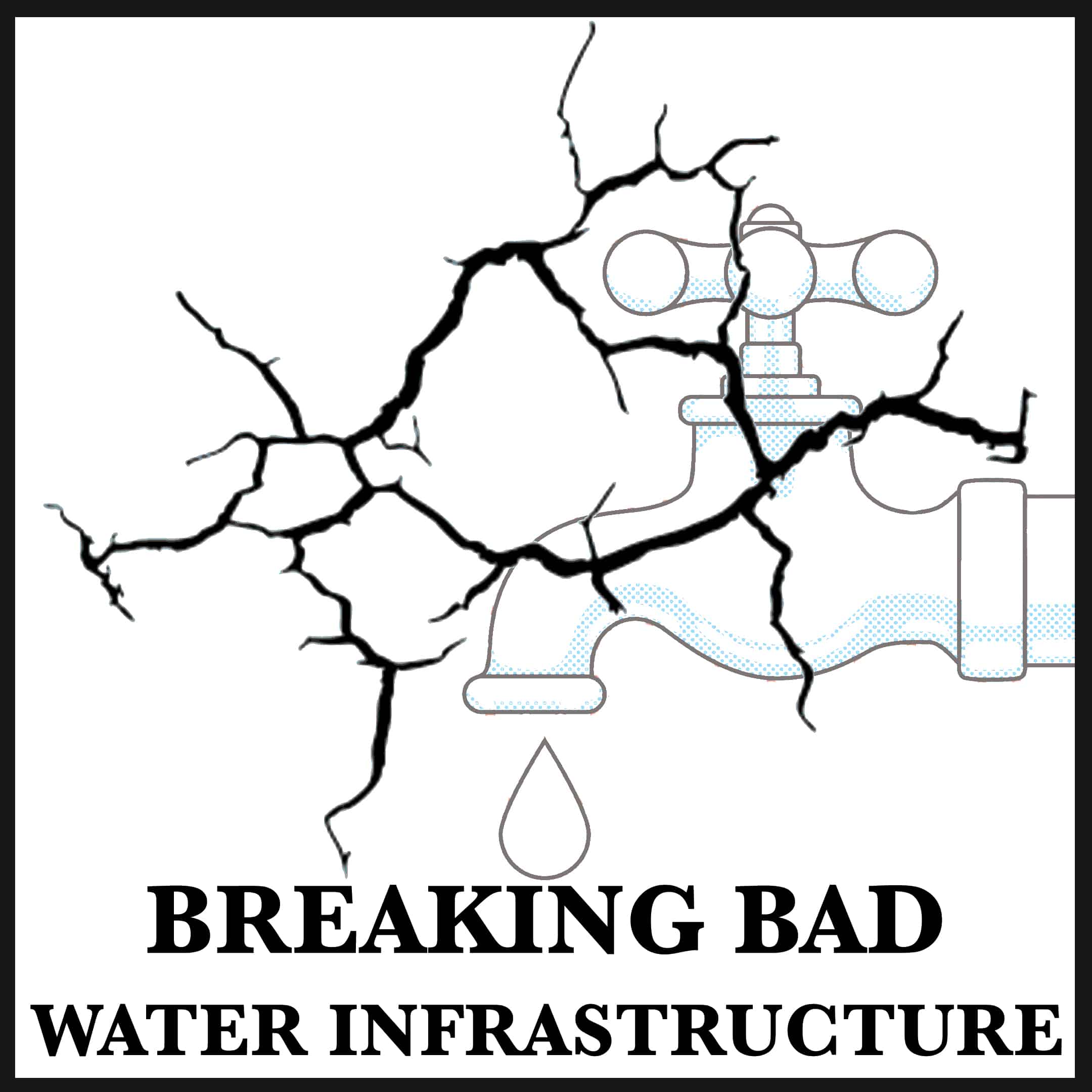How Can Road Transport be Improved? A $2.8 Trillion National Public Bank Loan will get us where we want to go, minus pollution, accidents & freeway congestion.
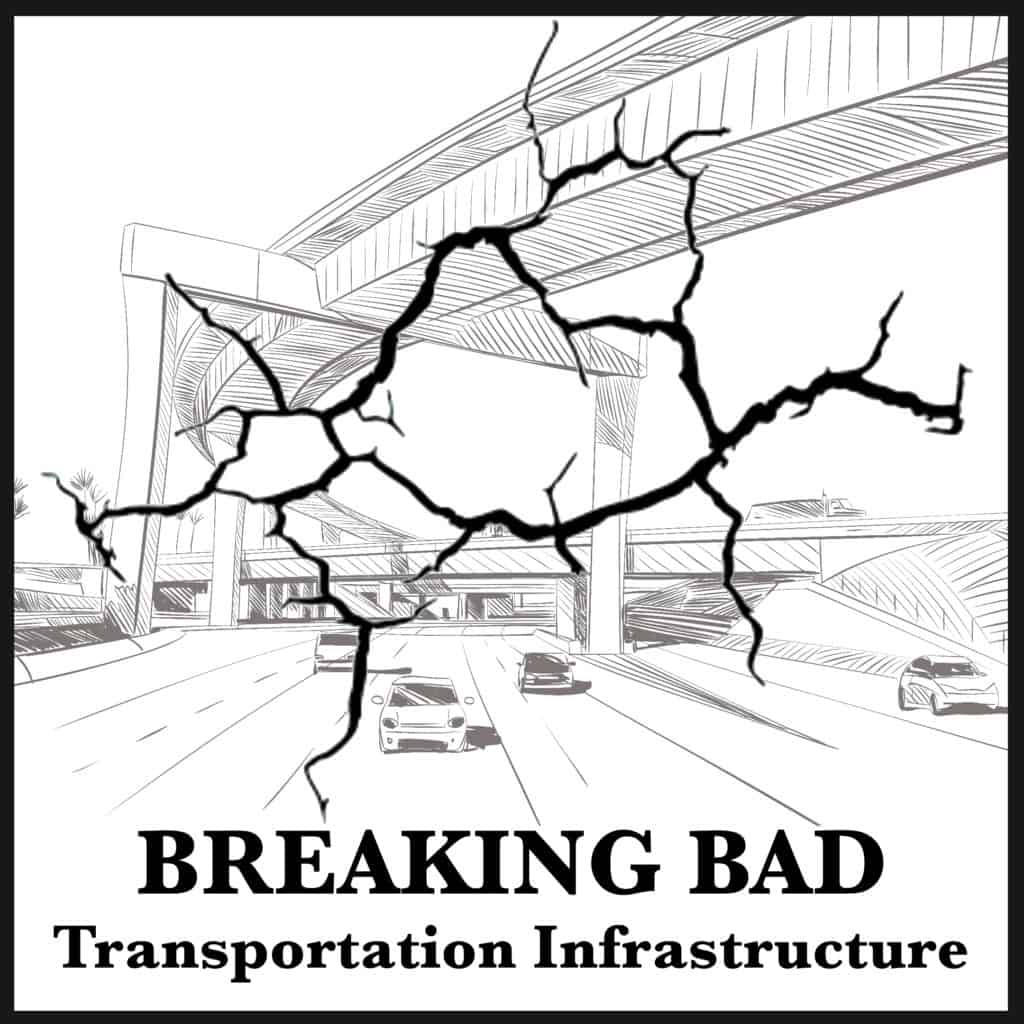
By Robert Simmons
Part I: How Can Road Transport be Improved?
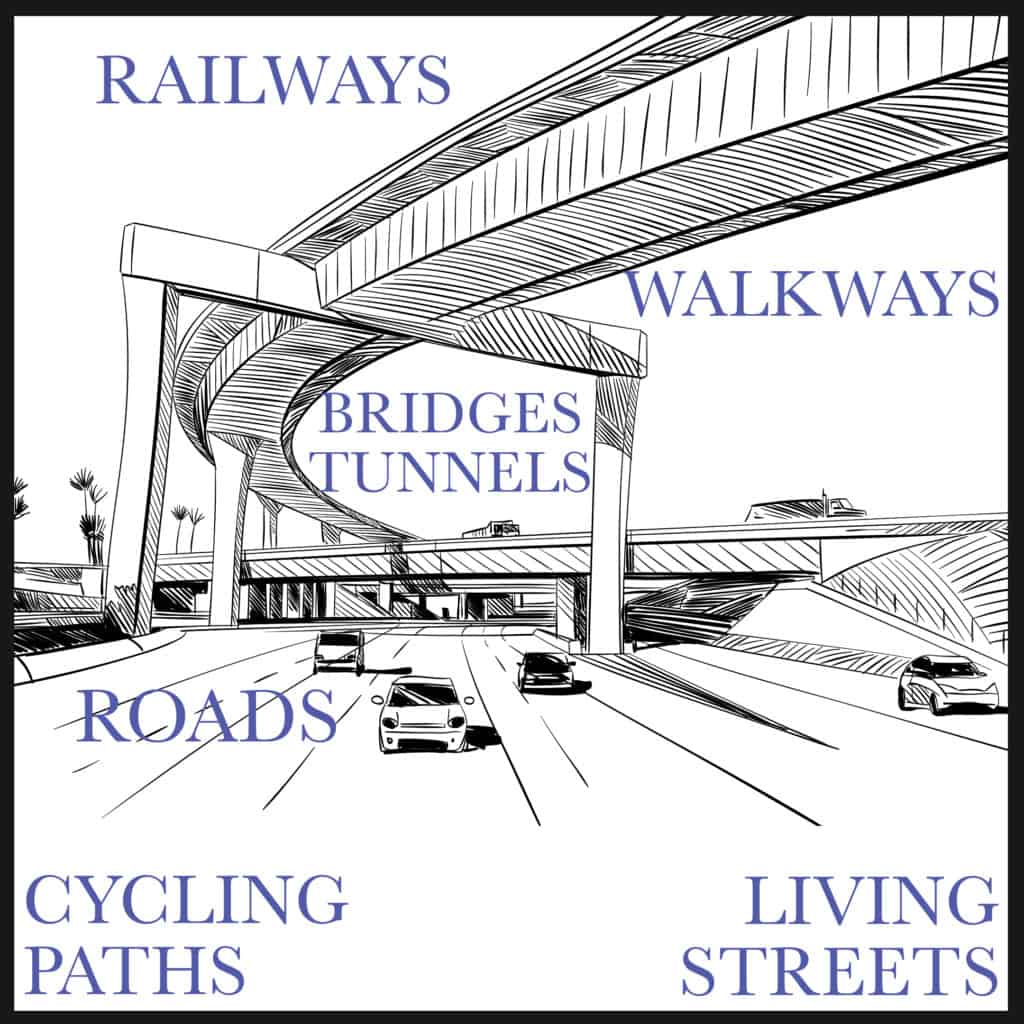
Infrastructure (n) the basic physical and organizational structures needed for the operation of a society.
The American Society of Civil Engineers (ASCE) has given our transportation system a big fat D on its Infrastructure Report Card, and our Government is getting an F for effort as well.
There are 11 types of transportation infrastructure improvement, but we will leave out transport by air or water this time around, and focus on ground transit systems, and how we can improve upon them.
The National Highway System comprises 223,257 miles of road, and carries 55 percent of our U.S. vehicle traffic load, as well as 84% of our Trucking businesses. In 2016, Americans wore out the roads, logging 3.2 trillion miles going from here to there and back.
Americans spend nearly 7 billion hours in traffic. They suffer 6 million accidents a year, leading to over 35,000 fatalities and 3 million injuries. All this costs over $230 Billion. One fifth of the roads are rated in poor condition. Two fifths of the roads are constantly congested, leading the ASCE to calculate some $160 Billion in wasted gas and hours sitting in this congestion. Add to that 5,000 motorcycle
deaths, plus 854 bicyclists and 6,000 pedestrians hit and killed by cars. Meanwhile, transportation accounted for close to 28 percent of total U.S. greenhouse gas emissions, making it our largest U.S. contributor. Civil Engineers put the price tag at $2 Trillion in order to just fix the roads.
The Third Option was generous in their calculation of $446.7 Billion spent each year on our bad Transportation Model; some sources put the number up to $697.3 Billion. So what the American people are being offered is to pay $2 Trillion dollars, or $160 Billion a year for 13 years, to fix a system that will then cost another $500 Billion a year in negative side effects. Meanwhile, as many of us know, by the time this project even gets started, there will be more problems to fix, that were somehow unforeseen as well.
America needs to give themselves a big “time out”, and make a plan before throwing more money away on this bad Transportation strategy. Seeing as how over 70% of Americans earn under $50k a year, we should have a voice in this matter. Poor people can teach a lot to rich people about how to budget better. Budgeting has to do with “stretching a dollar”, and saying “no” to lots of things, especially when they lead to unforeseen costs. If we apply some good old common sense to this transportation situation, we would come up with several items:
- Transportation should first be about moving people from Point A to Point B.
- Transportation shouldn’t kill and injure folks (47,000 dead, 3 million injured each year).
- Sitting in traffic is not transportation. That’s just sitting. (54 hours a year for each of us).
- Pollution is also not the purpose of Transportation.
- 750,000 vehicles are stolen a year ($6.4 Billion cost). Can we do something about that?
- A Heavy Truck damages roads 10,000 times more than a car. What can we do about this?
- Do cars need to be 25 times larger than the driver operating it?
- Can we do something about parking the car? (Another 17 hours a year wasted)
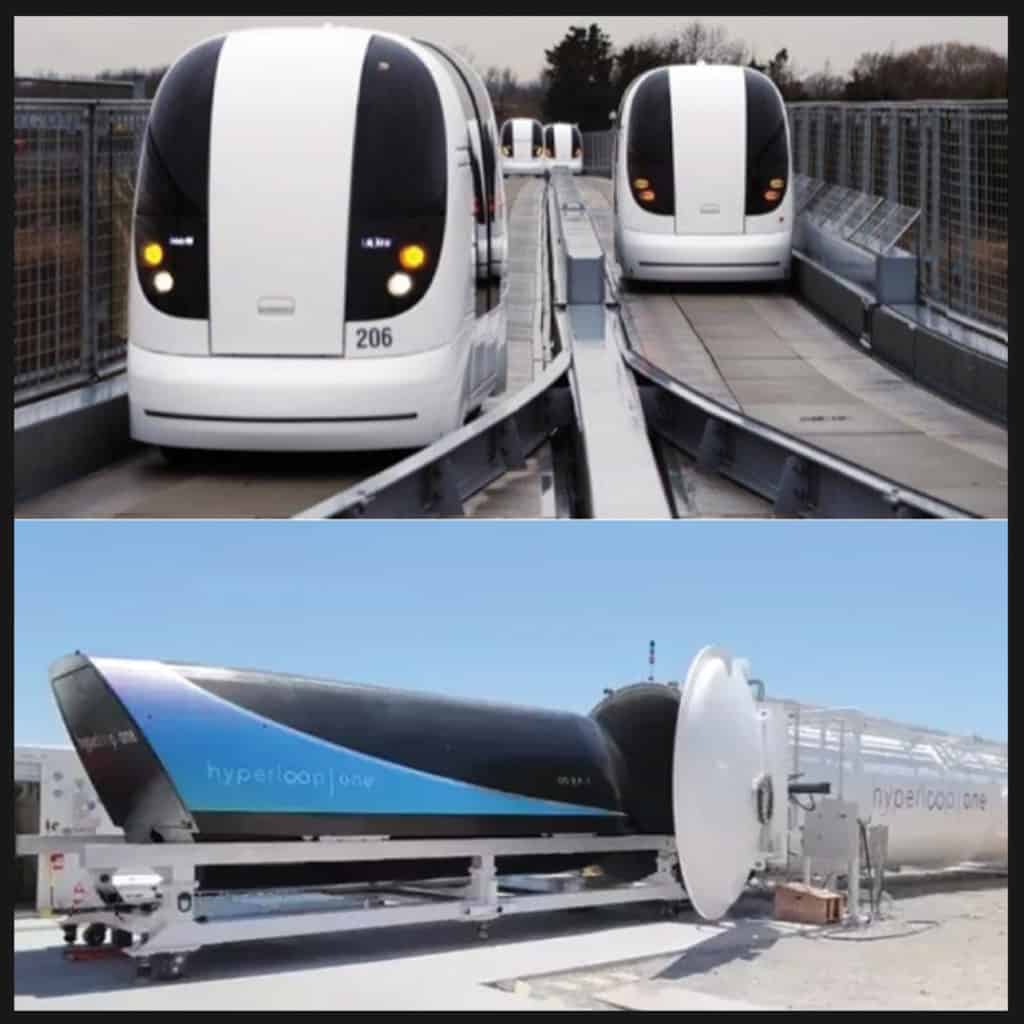
The Third Option wants to completely redesign the road system. Build a driverless pod car that acts as an Uber / Taxi system, with its own raised road. This will alleviate traffic flow by creating small, emission free vehicles, that do not need to stop or pause, and take you where you wish to go, simply by plugging in an address / destination. If communities wish, a space could be created for walking or cycling on this road, which will be very thin already, or micro-mobility could be placed inside of parking on the main road. By turning streets into ‘one way traffic only’ if necessary, more space could be created overall. An alternate choice could be to put all emergency transport up on this raised road instead of micro-mobility, to speed ambulances through quickly and safely. To get heavy transport off the road, a rail system could be place down instead.
Because all this could be funded with a Bank Loan from a proposed National Public Bank, more money will be available to explore new high speed rail or Hyper-loop transit for trips of longer destination, which could also cut into our Airline pollution problem as well. These could be used for delivering of goods as well, as rails over roads would be better for extending the life of all roads, again to lessen costs.
There are 227.5 million registered drivers in the U.S., paying an average of $1,427 in insurance per year. If we do make a plan that eliminates the need for insurance, every driver could pay $704 a year for their share of the Transportation Loan, and we could call it even. The Third Option has many ways to assess things like the weight of your car, how much it pollutes, or how many miles it is driven, but to maintain our freedom, possibly just slapping the money down at the time of yearly registration would be the simplest plan. In a final budgeting lesson, because the American people just turned these costs into one big investment, this $700 payment a year will come back to each person; this $2.8 Trillion loan will grow into $4.8 Trillion in 30 years, and pay back drivers $21,153.
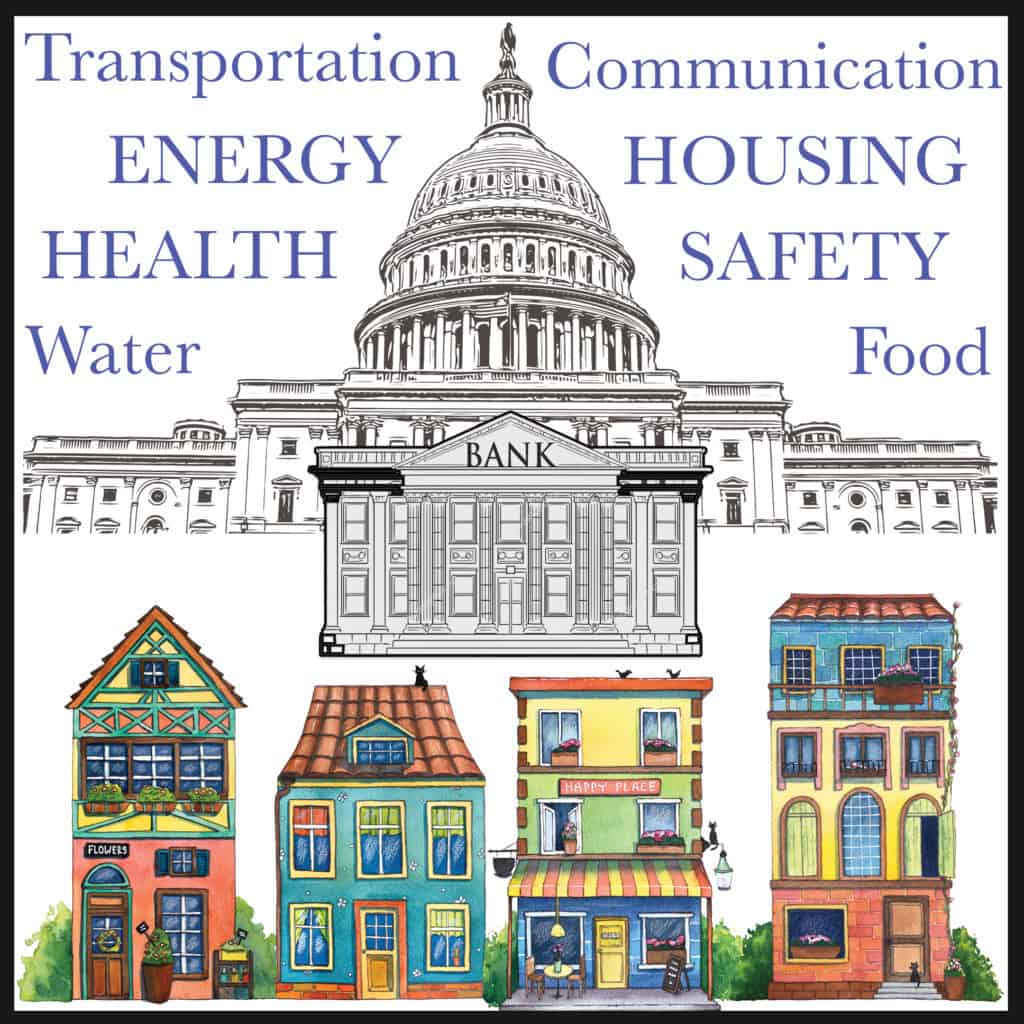
When building infrastructure, money is saved when communities only “dig once”, getting several projects done at the same time. The Third Option wants to replace all infrastructure through these National Bank Loans, and when we rebuild transportation, we could also house new water / sewer, fiber optic cable, and power lines, all of which need replacing, too.
Wouldn’t it be a nice surprise, when we eliminate pollution, clean up the water and the agriculture, and bury the power lines, if suddenly there is a drop in cancer and other diseases? When we go the wrong way, there are negative consequences that ride along with us; if we turn around and go a different direction, there are bound to be welcome positive side effects that are unforeseen as well.
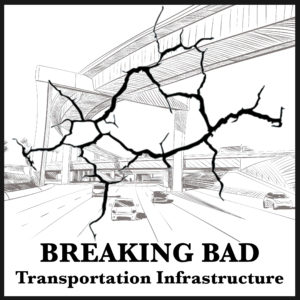
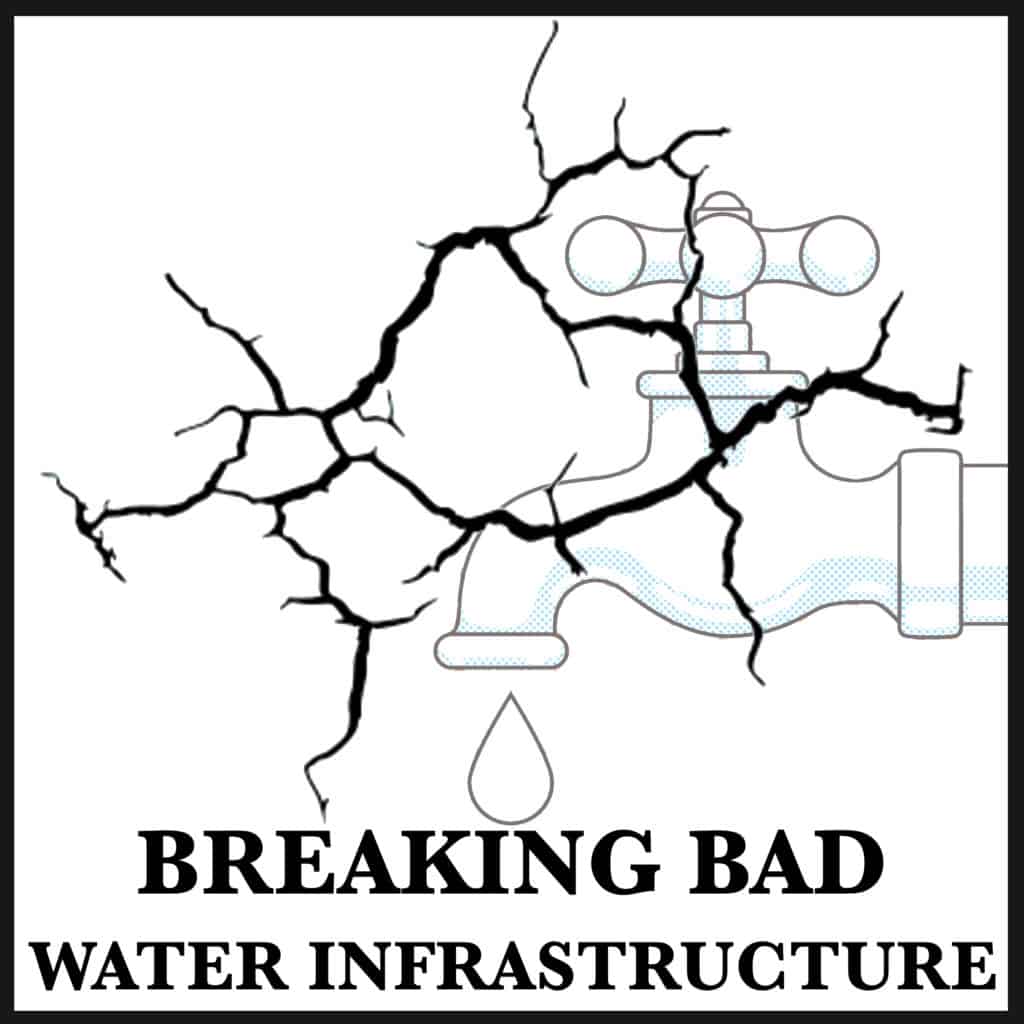
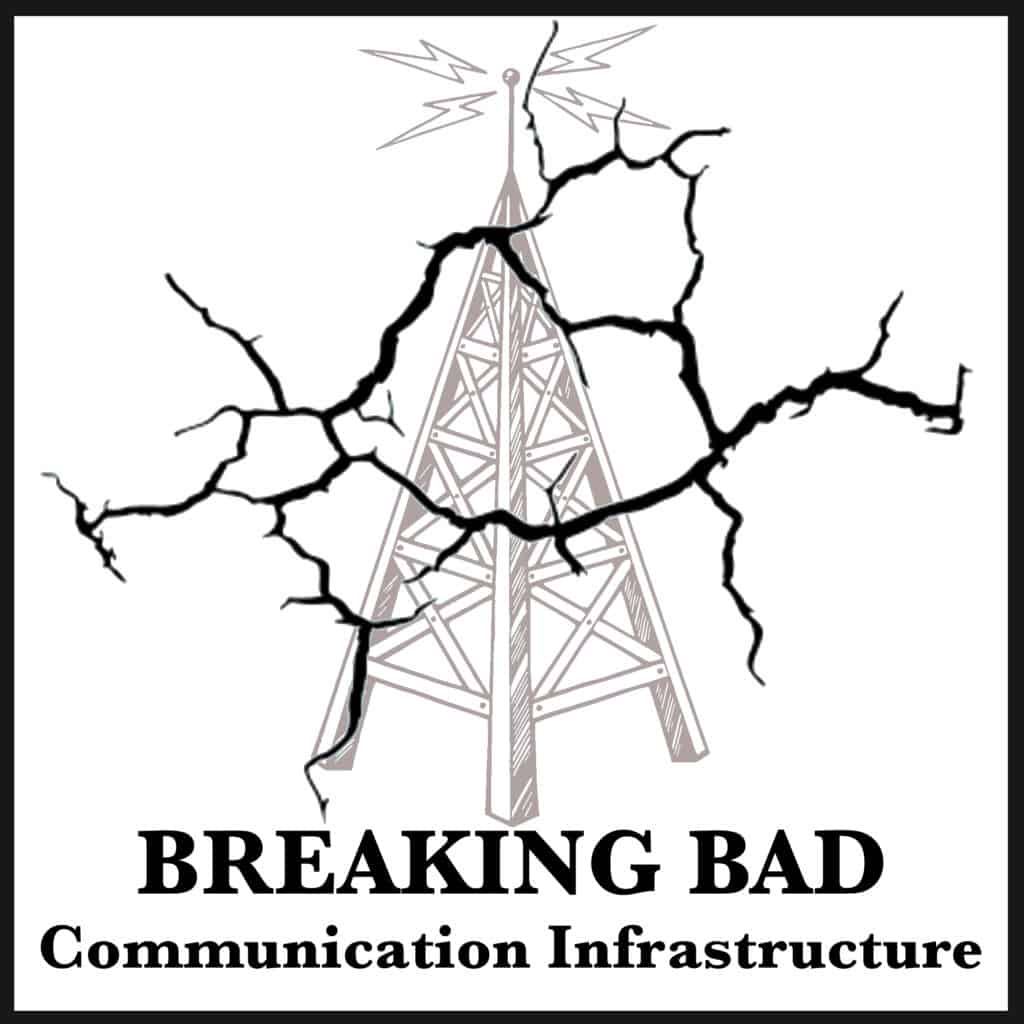
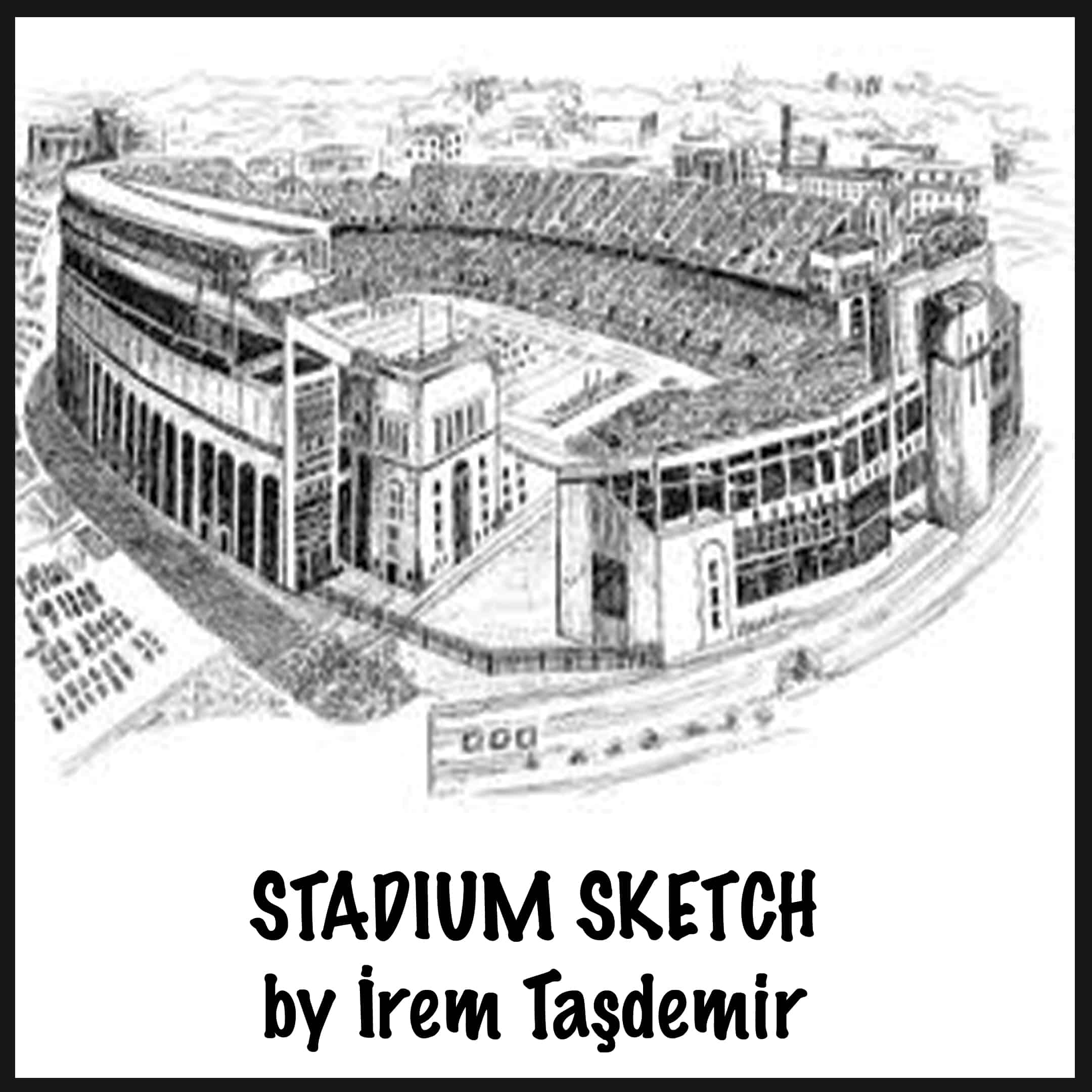 Re-thinking Sports Stadiums (and other public venues)
Re-thinking Sports Stadiums (and other public venues)